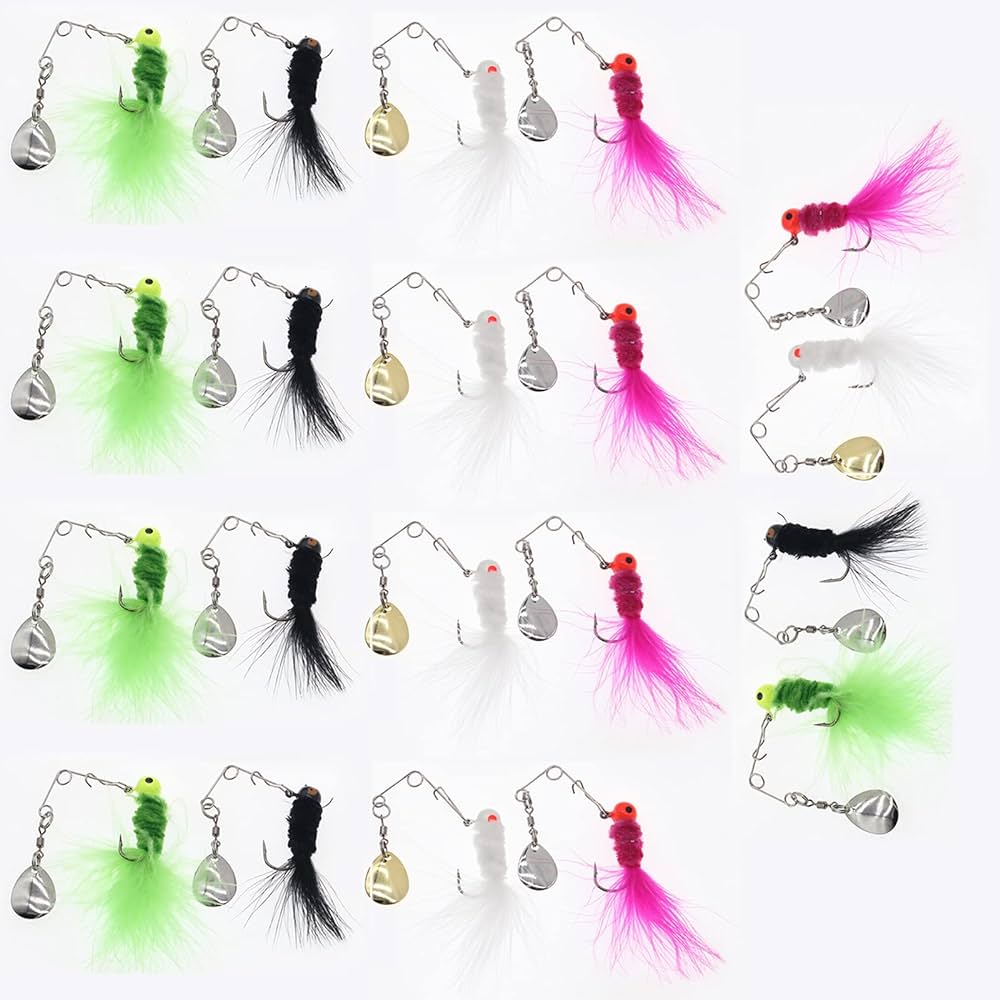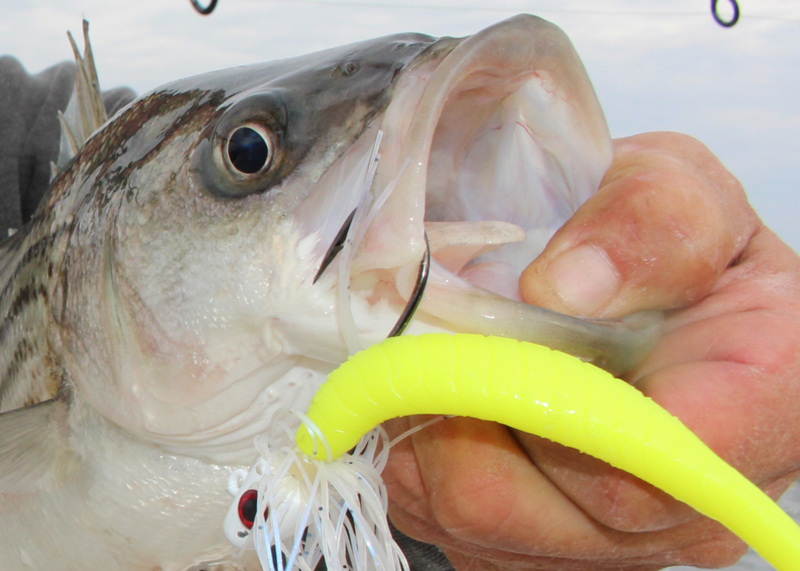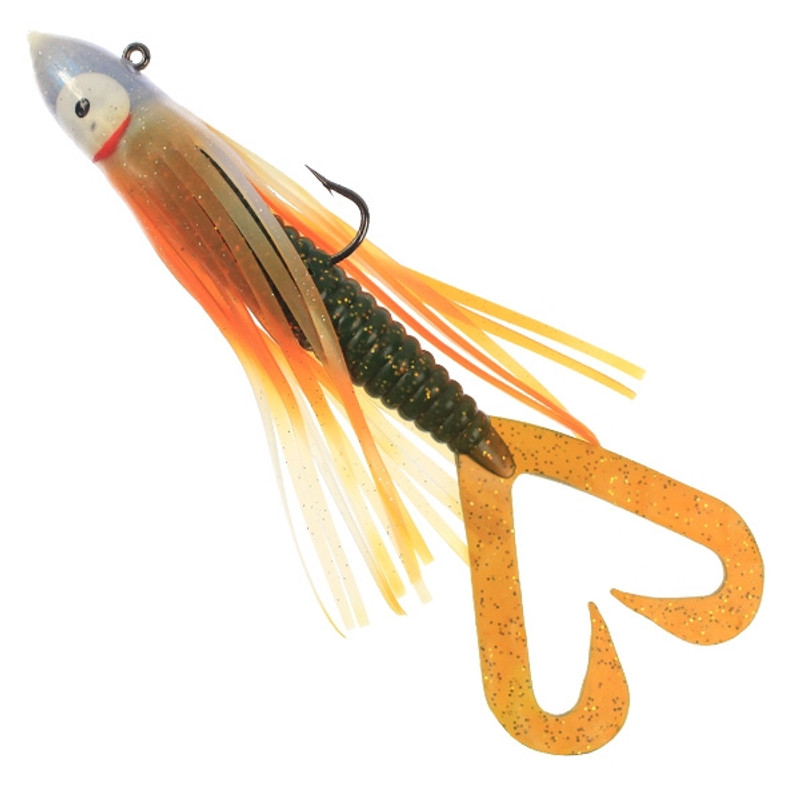Fishing is a multifaceted activity, encompassing various techniques, tools, and strategies. Among these, the jig stands out as one of the most versatile and effective lures. A jig is a type of fishing lure featuring a weighted head, often made of lead, and a hook adorned with a soft plastic body, hair, or feathers. Consequently, jigs can mimic the appearance and movement of baitfish, crustaceans, or other prey, making them highly effective for catching a wide range of fish species. Therefore, understanding the components, types, advantages, and techniques associated with using jigs in fishing is crucial. This comprehensive guide delves into these aspects, providing valuable insights for anglers of all skill levels. By exploring these details, you can enhance your fishing techniques and success rates.
Components of a Fishing Jig
Jigs are composed of several key components, each contributing to their effectiveness. Understanding these components helps you choose the right jig for different fishing situations. Therefore, exploring the components of a fishing jig is essential.
Jig Head
The jig head is the most distinctive component, consisting of a weighted material such as lead or tungsten. It comes in various shapes, including round, football, bullet, and fish head designs, each suited for specific fishing conditions. The weight distribution of the jig head affects the lure’s sinking speed, movement, and stability in the water. Additionally, many jig heads feature a painted finish and eyes to enhance their visual appeal and realism. By understanding the importance of the jig head, you can select options that match your fishing needs. Therefore, recognizing the significance of the jig head is crucial.

Hook
The hook is an integral part of the jig, specifically designed to secure the catch once a fish bites. Jig hooks come in different sizes and shapes, depending on the targeted fish species and fishing technique. A sharp, durable hook increases the chances of a successful hookset, preventing fish from escaping. Some jig hooks incorporate a weed guard, which helps minimize snagging in dense vegetation or rocky environments. By understanding the role of the hook, you can ensure you’re using the right size and style for your fishing scenario. Therefore, recognizing the importance of the hook is essential.
Skirt and Trailer
The skirt and trailer are additional components that enhance the jig’s attractiveness and mimicry. The skirt, made from materials like silicone, rubber, or hair, adds movement and bulk to the jig, imitating the appearance of prey. The trailer, often a soft plastic bait like a grub, crawl, or paddle tail, is attached to the hook and further enhances the jig’s action. Both components can be customized in color and design, allowing anglers to match the hatch and adapt to different fishing conditions. By understanding the function of the skirt and trailer, you can effectively customize your jigs for better performance. Therefore, recognizing these components is crucial.
Types of Fishing Jigs
Jigs come in a variety of types, each tailored for specific fishing environments and techniques. Understanding these types helps you choose the best jig for different fishing scenarios. Therefore, exploring the different types of fishing jigs is essential.

Bass Jigs
Bass jigs are among the most commonly used jigs, designed specifically for catching largemouth and smallmouth bass. These jigs typically feature a larger, sturdier hook to handle the aggressive nature of bass. Popular styles of bass jigs include flipping jigs, football jigs, and swim jigs. Flipping jigs are designed for heavy cover, such as weeds and brush, featuring a robust weed guard to prevent snagging. Football jigs excel in rocky areas, as their shape prevents rolling over uneven surfaces. Swim jigs are retrieved steadily through the water, mimicking baitfish and enticing bass to strike. By understanding the various types of bass jigs, you can select the most effective options for your target species. Therefore, recognizing the diversity of bass jigs is crucial.
Crappie and Panfish Jigs
Crappie and panfish jigs are smaller and lighter, designed to attract species such as crappie, bluegill, and perch. These jigs often feature feather or marabou skirts, which create a subtle, undulating movement in the water. Tube jigs, with their hollow bodies and fluttering tentacles, are also popular for targeting panfish. Additionally, small soft plastic grubs or minnows can be used as trailers to enhance the jig’s appeal. By understanding the different types of crappie and panfish jigs, you can optimize your approach for these smaller, more delicate species. Therefore, recognizing the variety of panfish jigs is essential.
Advantages of Using Jigs
Jigs offer numerous advantages that make them a popular choice among anglers. Understanding these benefits reveals why jigs are versatile and effective for various fishing situations. Therefore, exploring the advantages of using jigs is crucial.
Versatility
One of the primary advantages of jigs is their versatility. Jigs can be used in various fishing environments, including freshwater, saltwater, shallow, deep, and everything in between. They work effectively in different water conditions, such as clear, murky, calm, or turbulent. Additionally, jigs can imitate various types of prey, making them suitable for targeting multiple fish species. By understanding the versatility of jigs, you can appreciate their widespread use and adaptability. Therefore, recognizing the significance of versatility is crucial.

Depth Control
Another advantage of jigs is the ability to control depth precisely. The weighted jig head allows for quick and efficient adjustments to fishing depth, making it easier to target fish at various levels of the water column. This depth control is particularly useful when fishing in deep waters or when fish are suspended at specific depths. By understanding the depth control capabilities of jigs, you can enhance your fishing strategies and target fish more effectively. Therefore, recognizing the importance of depth control is essential.
Effective in Heavy Cover
Jigs excel in heavy cover, such as weeds, brush, and rocks, where other lures might struggle. The design of many jigs, featuring weed guards and durable hooks, allows them to navigate through challenging environments without snagging. This ability to fish in heavy cover increases the chances of reaching fish that seek shelter in these areas, making jigs an excellent choice for targeting elusive species. By understanding the effectiveness of jigs in heavy cover, you can confidently fish in various environments. Therefore, recognizing the value of jigs in dense cover is crucial.
Techniques for Using Jigs
Effective jig fishing involves mastering various techniques to maximize their potential. Understanding these techniques enhances your ability to use jigs successfully. Therefore, exploring techniques for using jigs is essential.
Vertical Jigging
Vertical jigging is a technique where the angler drops the jig directly below the boat and uses an up-and-down motion to entice fish. This method is particularly effective in deep waters, where fish are suspended or holding close to the bottom. Vertical jigging allows for precise control of the jig’s movement and depth, making it easier to target specific fish. By understanding the vertical jigging technique, you can optimize your approach for deep-water fishing. Therefore, recognizing the importance of this technique is crucial.
Casting and Retrieving
Casting and retrieving with jigs is a versatile technique suitable for various water conditions and fish species. The angler casts the jig to a desired location and retrieves it using different speeds and motions, such as steady reeling, hopping, or dragging along the bottom. This technique can be adapted to mimic the movements of different prey, making it effective for attracting fish. By understanding the casting and retrieving technique, you can vary your approach to suit different fishing scenarios. Therefore, recognizing the versatility of this technique is essential.

Swimming
Swimming a jig involves a continuous, steady retrieve, allowing the jig to move smoothly through the water, simulating the swimming motion of a baitfish. This technique is particularly effective for targeting aggressive species, such as bass, that chase moving prey. Swimming jigs often feature soft plastic trailers with paddle tails, which add realistic swimming action to the lure. By understanding the swimming technique, you can effectively target predatory fish and increase your chances of success. Therefore, recognizing the effectiveness of swimming jigs is crucial.
Maintenance and Care for Jigs
Proper maintenance and care ensure the longevity and effectiveness of your fishing jigs. Understanding how to maintain and care for your jigs is essential for long-term use. Therefore, exploring maintenance and care tips is crucial.
Cleaning Jigs
Regular cleaning prevents dirt, grime, and salt buildup on your jigs, preserving their functionality and appearance. After each fishing trip, rinse jigs with fresh water to remove any debris or salt residue. If necessary, use a mild soap and a soft brush to clean hard-to-reach areas and remove stubborn grime. Ensure the jigs are thoroughly dried before storing them to prevent rust and corrosion. By understanding the importance of regular cleaning, you can maintain your jigs’ condition. Therefore, recognizing the value of cleaning is crucial.
Storing Jigs
Proper storage prevents damage and ensures your jigs remain in optimal condition. Use tackle boxes with compartments to keep jigs organized and separate, preventing tangling and chipping of paint. Store jigs in a cool, dry place away from moisture and extreme temperatures. Using silica gel packs in tackle boxes can help absorb moisture and reduce the risk of rust. By understanding the importance of proper storage, you can extend the lifespan of your jigs. Therefore, recognizing the value of storing jigs correctly is essential.
Addressing Common Questions About Jigs
Understanding common questions about fishing jigs provides clarity and addresses potential concerns. Knowledge of these answers ensures better preparation and enjoyment. Therefore, exploring common questions is essential.
What Fish Can You Catch with Jigs?
Jigs are incredibly versatile and can be used to catch a wide variety of fish species. They are effective for targeting freshwater species like bass, crappie, bluegill, walleye, and catfish. In saltwater environments, jigs are used to catch species such as flounder, redfish, snook, and even larger game fish like tuna and grouper. By understanding the wide range of species that jigs can catch, you can appreciate their versatility. Therefore, recognizing the diversity of target species is crucial.
How Do You Choose the Right Jig Size?
Choosing the right jig size depends on several factors, including the target fish species, water conditions, and the depth you aim to fish. Heavier jigs are suitable for deep water and strong currents, while lighter jigs are better for shallow water and calm conditions. The size and profile of the jig should also match the prey species that the target fish are feeding on. By understanding how to choose the right jig size, you can optimize your fishing strategy. Therefore, recognizing the importance of jig size selection is essential.
Addressing Common Misconceptions About Jigs
Addressing common misconceptions about fishing jigs provides accurate information and dispels unwarranted concerns. Clearing up misunderstandings ensures informed participation and enjoyment. Therefore, exploring common misconceptions is important.

Misconception: Jigs Are Only for Experienced Anglers
A common misconception is that jigs are only suitable for experienced anglers. In reality, jigs are versatile and user-friendly, making them accessible to anglers of all skill levels. Beginners can start with simple techniques like casting and retrieving, gradually exploring more advanced methods as they gain confidence. By understanding the universal appeal of jigs, you can appreciate their accessibility. Therefore, dispelling this misconception highlights the inclusivity of jig fishing.
Misconception: Jigs Are Only Effective in Freshwater
Another misconception is that jigs are only effective in freshwater environments. In reality, jigs are highly effective in saltwater as well, with designs and materials specifically tailored for saltwater fishing conditions. Saltwater jigs target a variety of species, offering versatility and effectiveness across different environments. By understanding the applicability of jigs in saltwater, you can expand your fishing opportunities. Therefore, dispelling this myth emphasizes the versatility of jigs.
Conclusion: Mastering the Use of Jigs in Fishing
A fishing jig is a versatile and effective lure that offers numerous advantages for anglers of all skill levels. Proper preparation, including understanding the components and different types of jigs, sets the foundation for a successful fishing experience.
Exploring the advantages and techniques associated with jigs enhances your ability to use them effectively. Recognizing the importance of maintenance and care ensures the longevity and functionality of your jigs. Addressing common questions and misconceptions provides clarity and confidence in incorporating jigs into your fishing strategy.
By engaging with these aspects, you can enhance your fishing skills and success rates using jigs. Therefore, whether you are a novice or an experienced angler, mastering the use of jigs in fishing offers practical and enjoyable solutions. Embrace the versatility and effectiveness of jigs, knowing you have the knowledge and resources to make the most of your fishing adventures!
